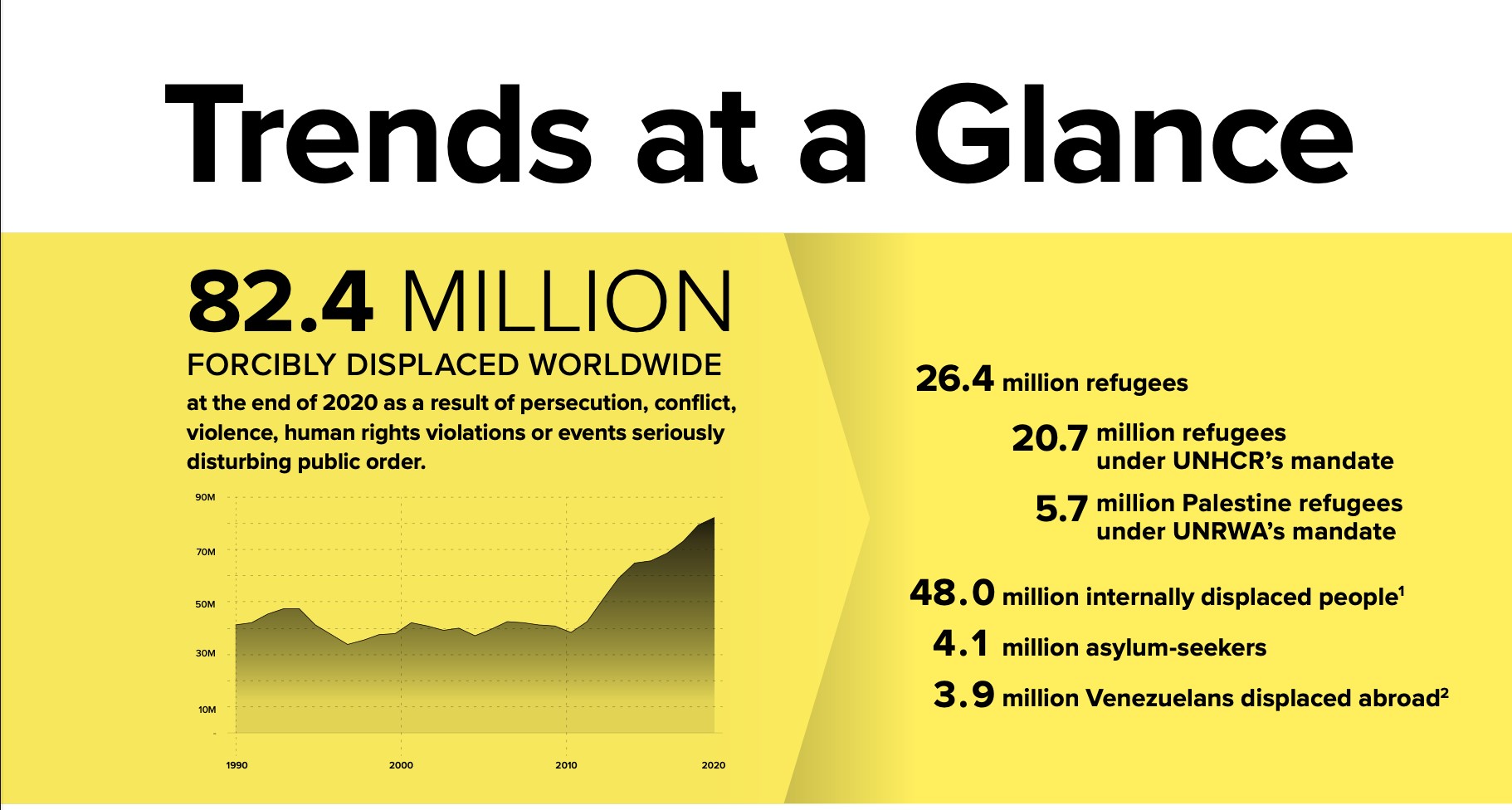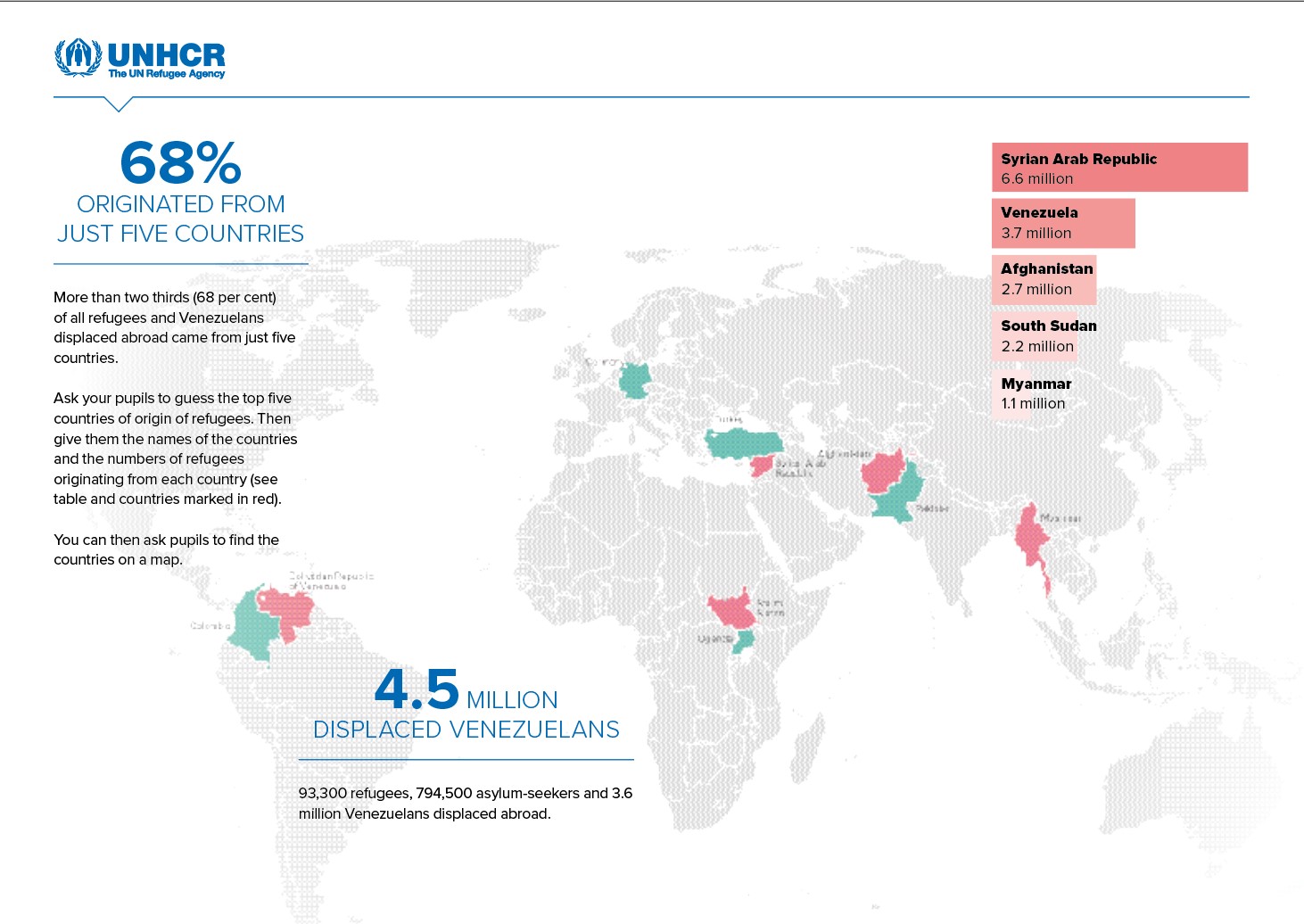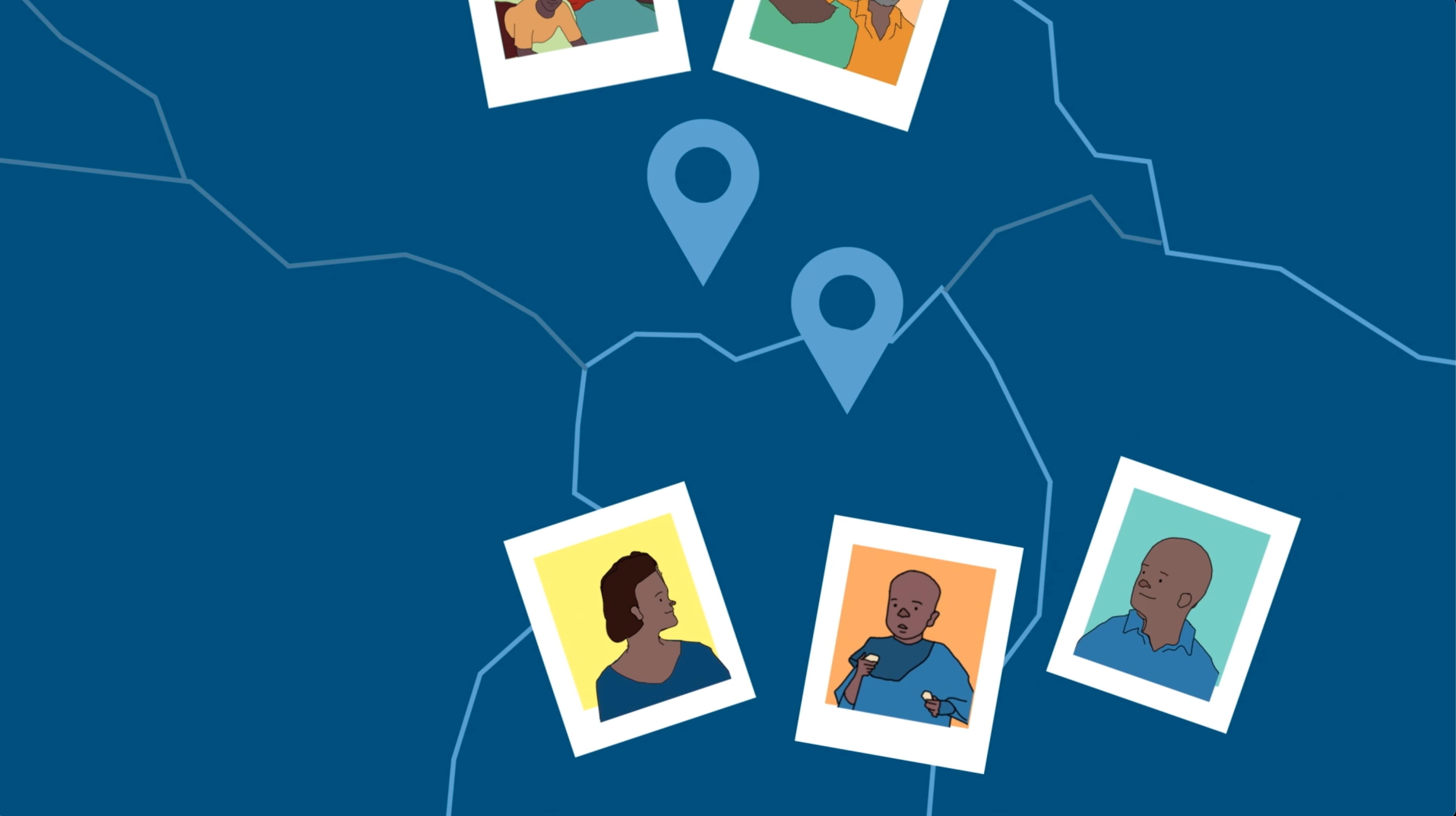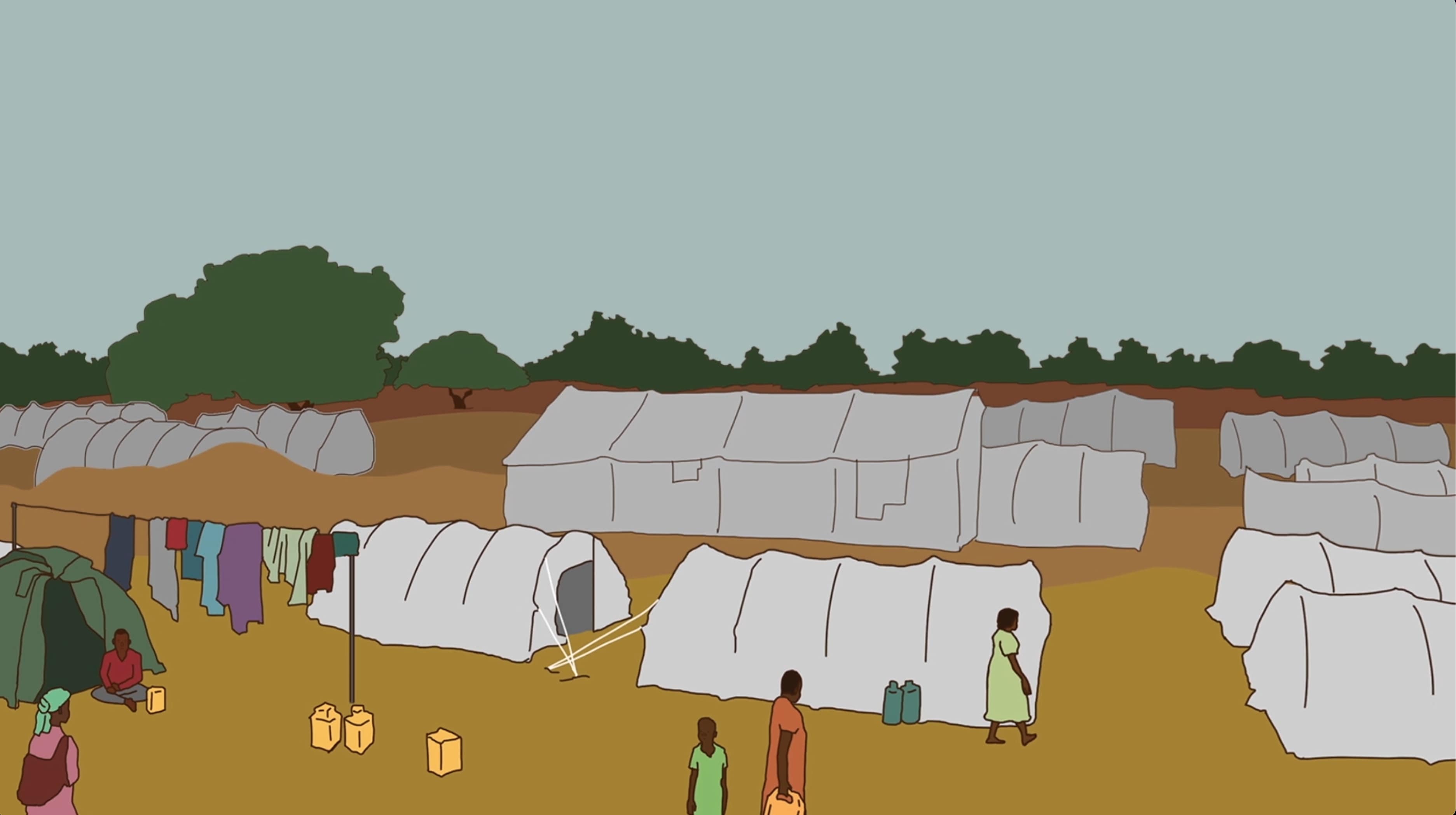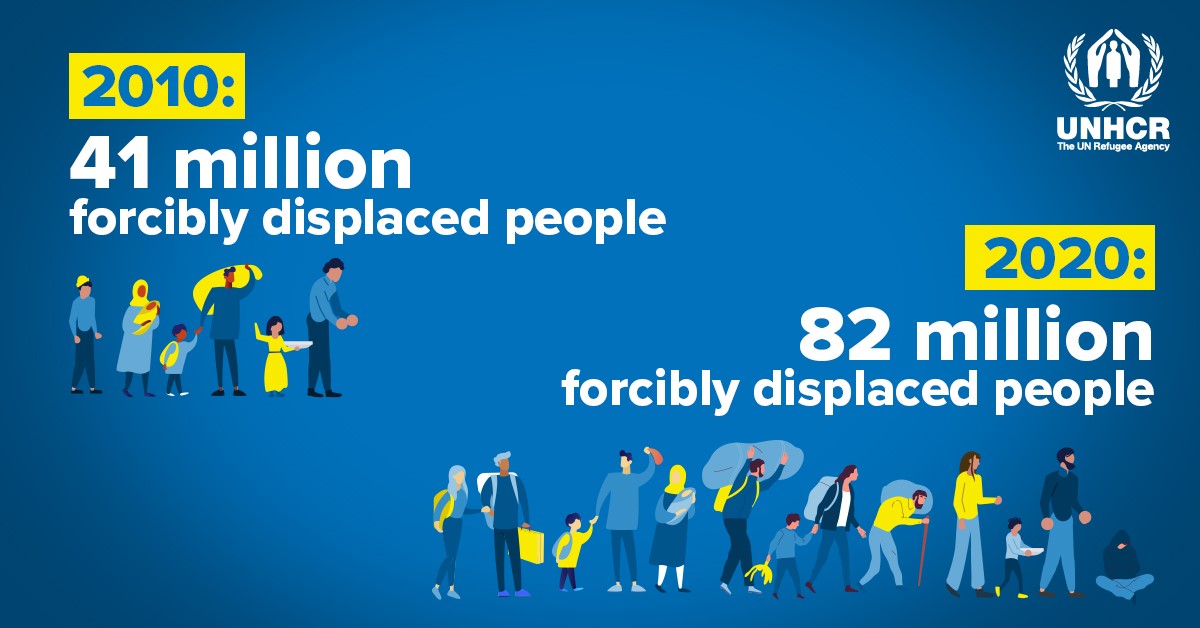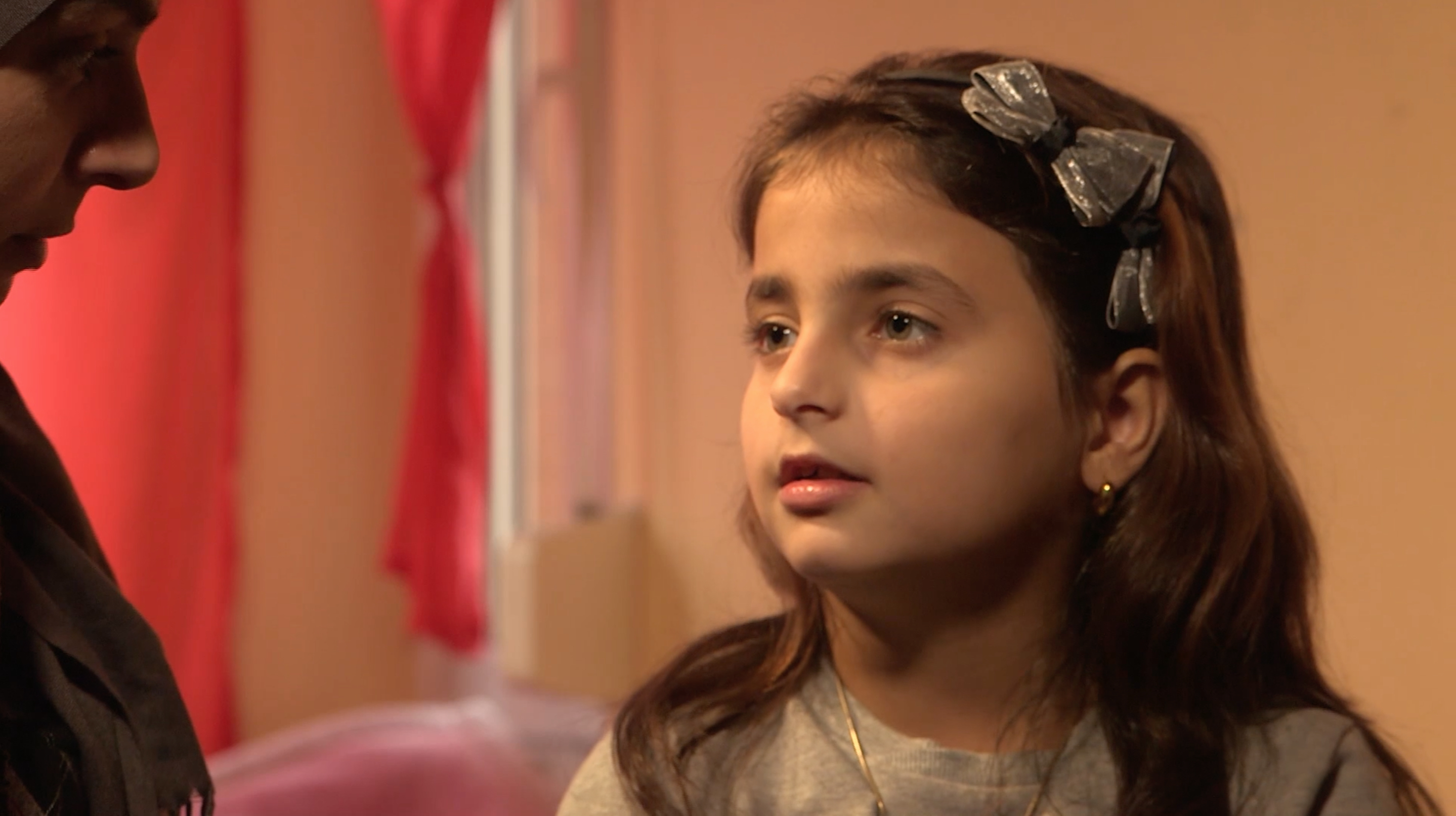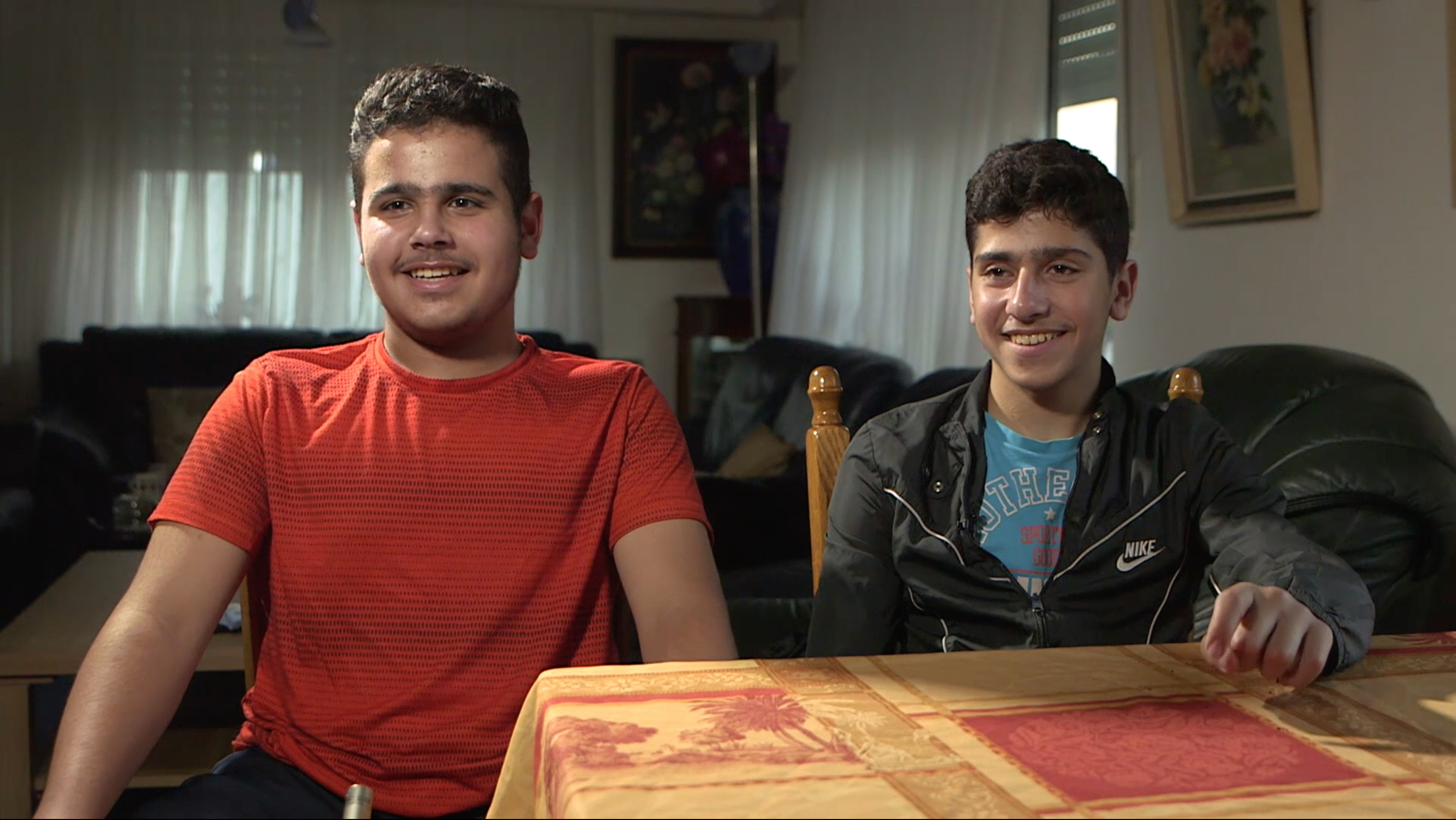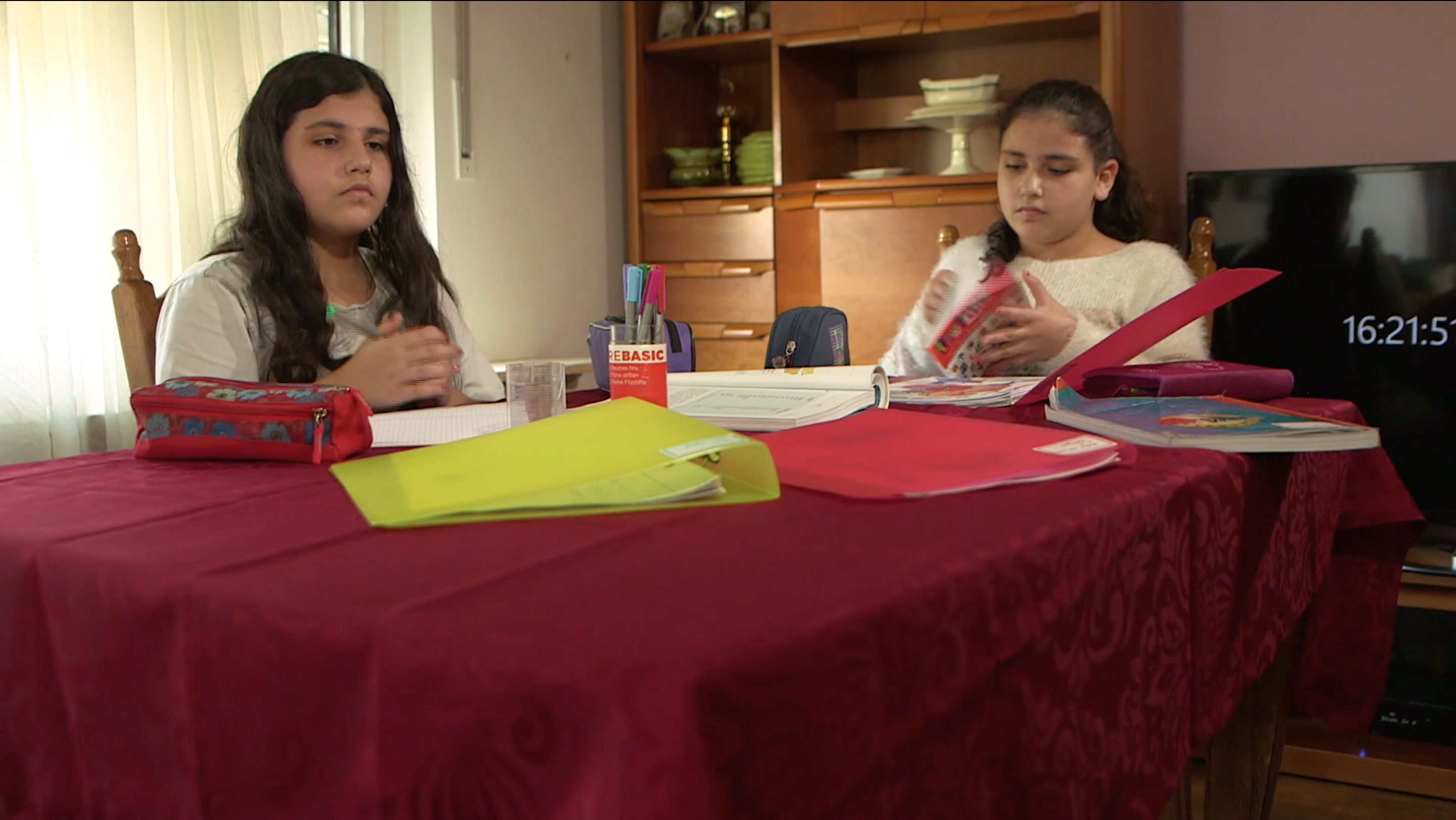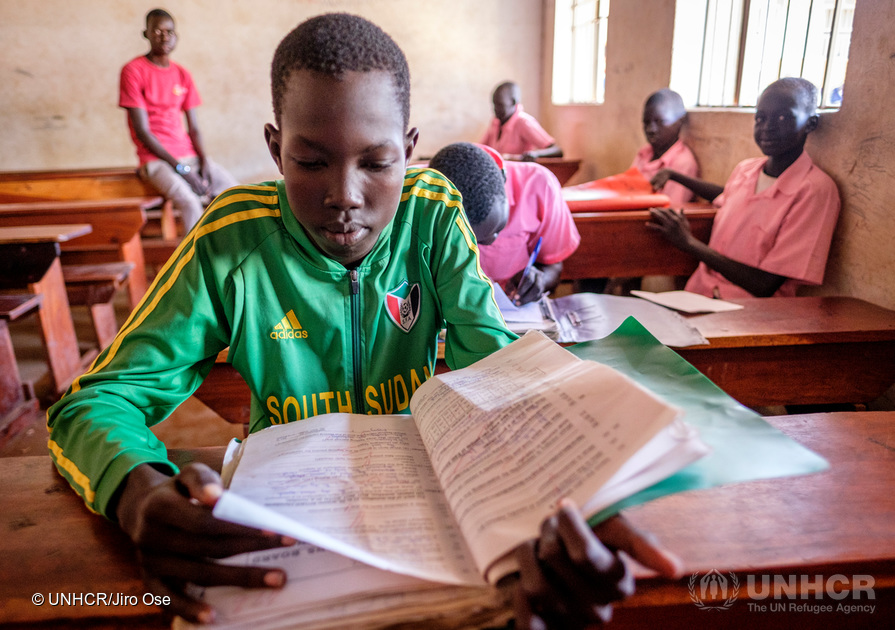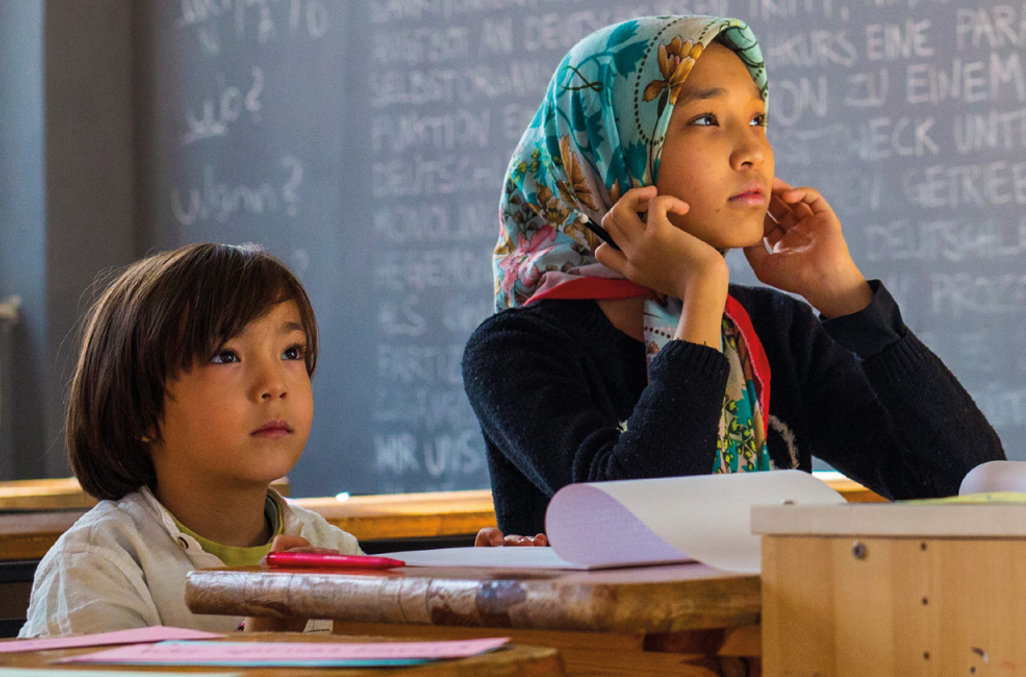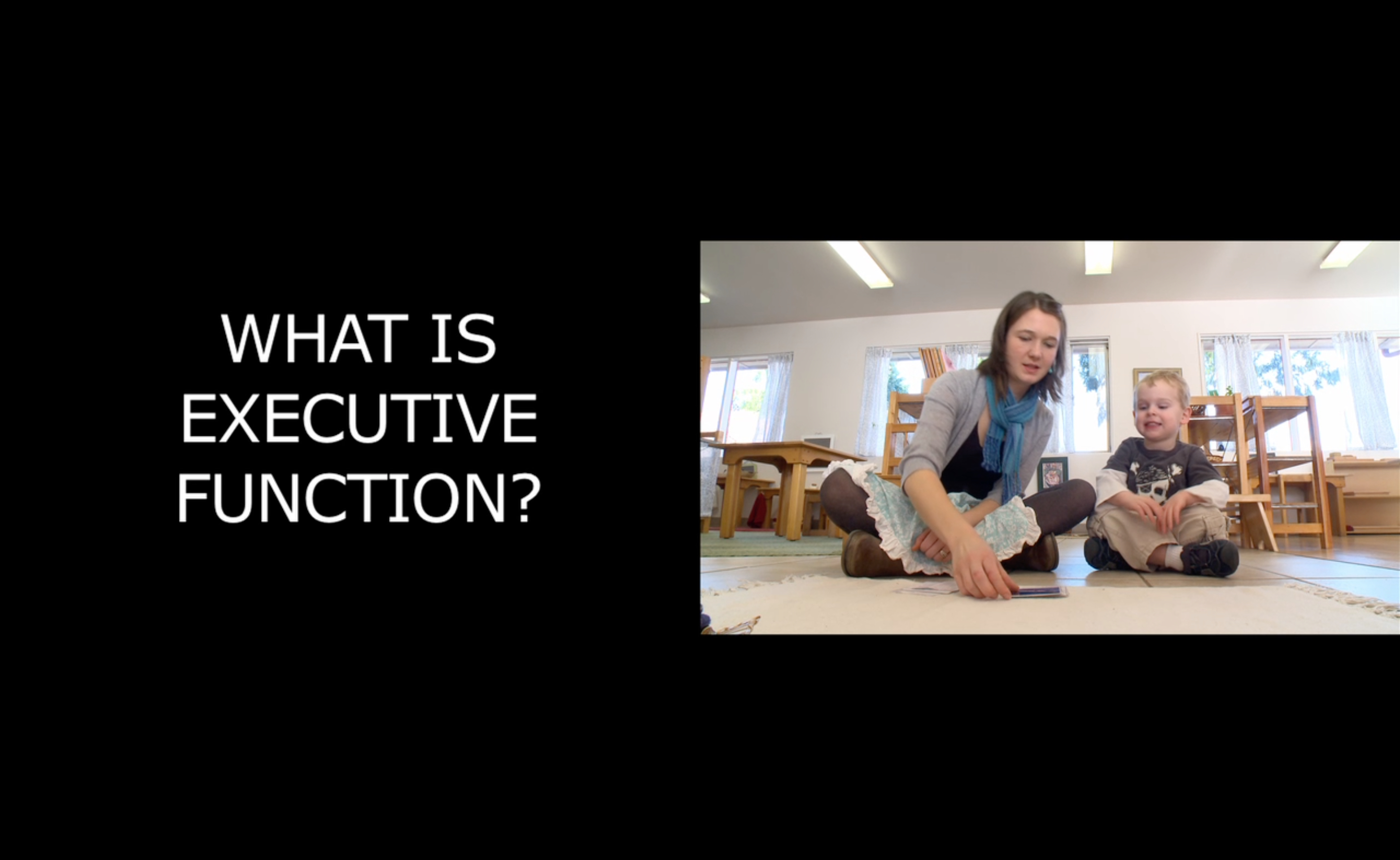Teaching about Refugees
Teaching about Refugees
This page contains a collection of UNHCR teaching materials on refugees, asylum and migration for primary and secondary education, as well as some guidance for teachers working with refugee children in the classroom.
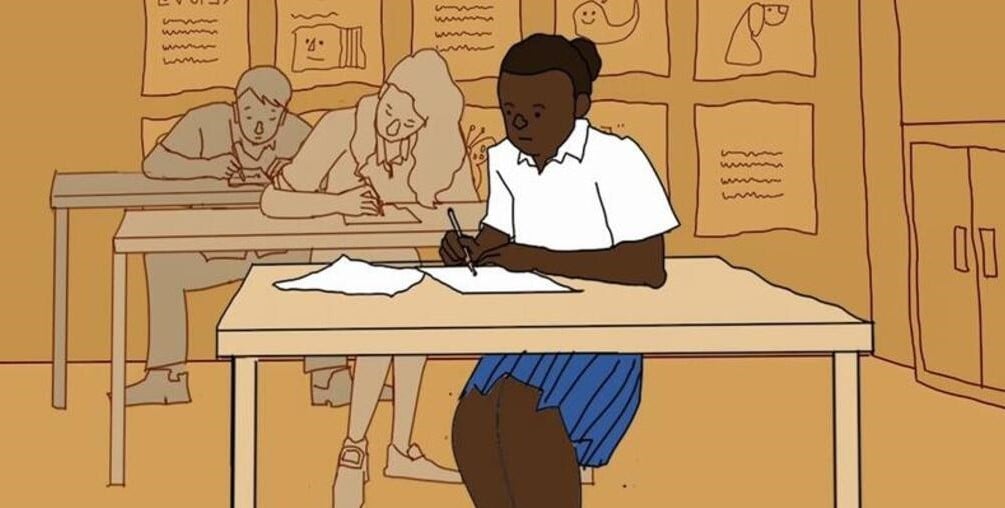
Who are we?
UNHCR, the UN Refugee Agency, protects people forced to flee their homes because of conflict and persecution. We work in over 130 countries, protecting millions of people by responding with life-saving support, safeguarding fundamental human rights and helping them build a better future.
How to use these materials
The teaching materials on this page are free of charge and can easily be included in your lesson plans and curriculum. You cannot alter the materials (except when explicitly mentioned) - but you can include them as you see fit in your lesson plans, presentations and other teaching materials. Make sure you always mention UNHCR as the source.
Most materials can be downloaded in PDF, Word or Excel format directly from links throughout this page and printed if needed. Videos and other materials can be viewed via links to UNHCR's Teaching About Refugees YouTube channelLink is external.
Before you begin
Before you start teaching about refugees, asylum and migration and when working with refugee children, familiarize yourself with basic concepts and facts and figures on the topic. We recommend that you first read the Teaching About Refugees Guidebook for Teachers.
READ THE GUIDEBOOK ONLINE The Guidebook for teachers is an interactive PDF. This means you can open the document on your computer and click on the links in the Guidebook to view related teaching materials on this page, making it easy for you to switch between the Guidebook and the Teaching About Refugees web page.
READ THE GUIDEBOOK IN PRINT If you decide to print the Guidebook, keep your web browser open on this page and scroll down through the materials below when prompted in the Guidebook.
Understanding the terms refugees, migration, and asylum begins with understanding a few basics. The word refugee is often used as a blanket term for people displaced by war, violence or persecution. But there are different categories of displaced people, each with specific needs. Knowing what these categories mean exactly is important and will contribute to a better understanding of this complex topic. It will also help you better understand the situation of refugees, asylum-seekers or others you may be teaching.
- Download the Words Matter summary table for easy reference when you are teaching or putting a lesson plan together.
Watch these explainer animations yourself as a preparation for your lesson or lecture. Some of these materials are also included in the suggested teaching materials for secondary education.
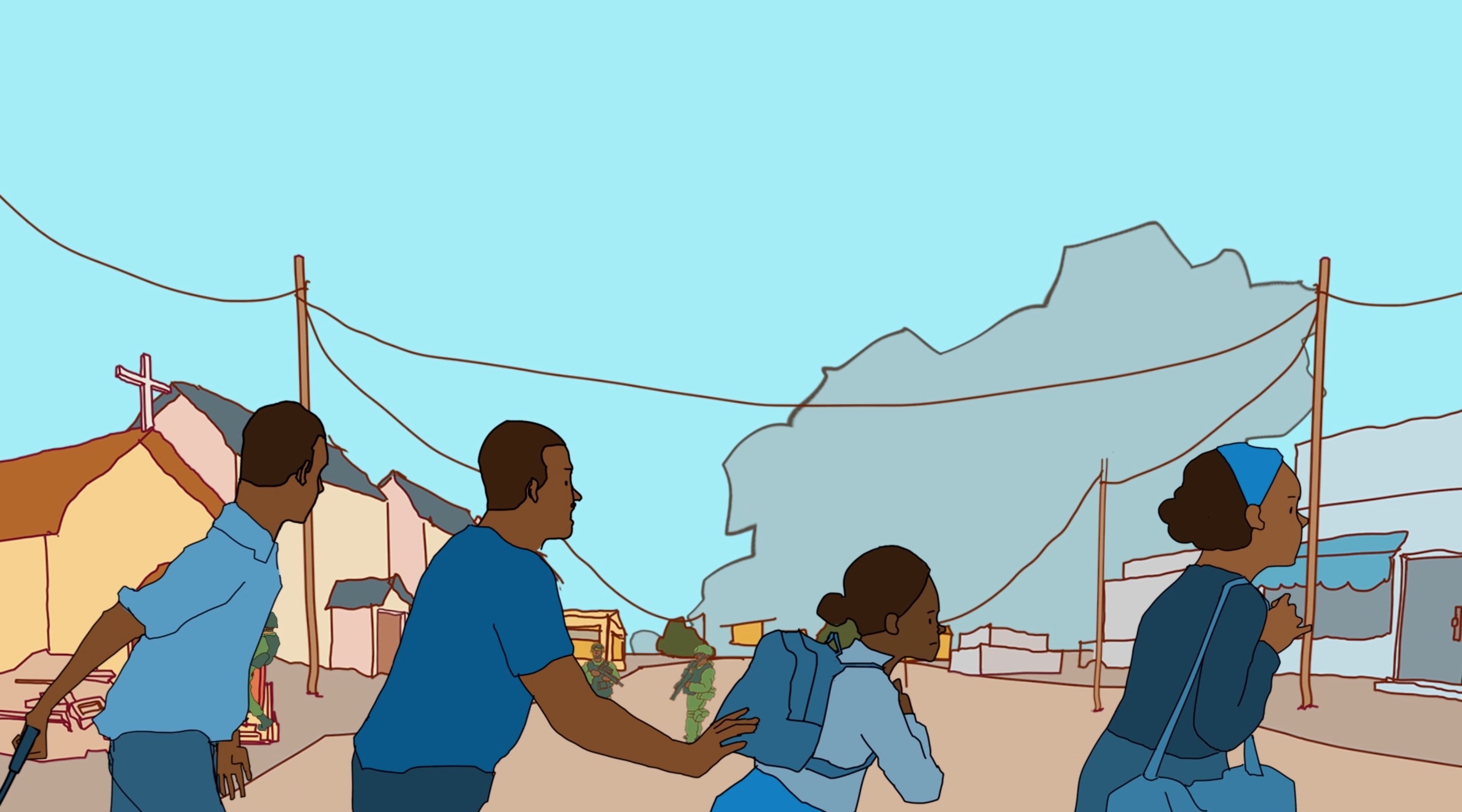
Refugees are people fleeing conflict or persecution.
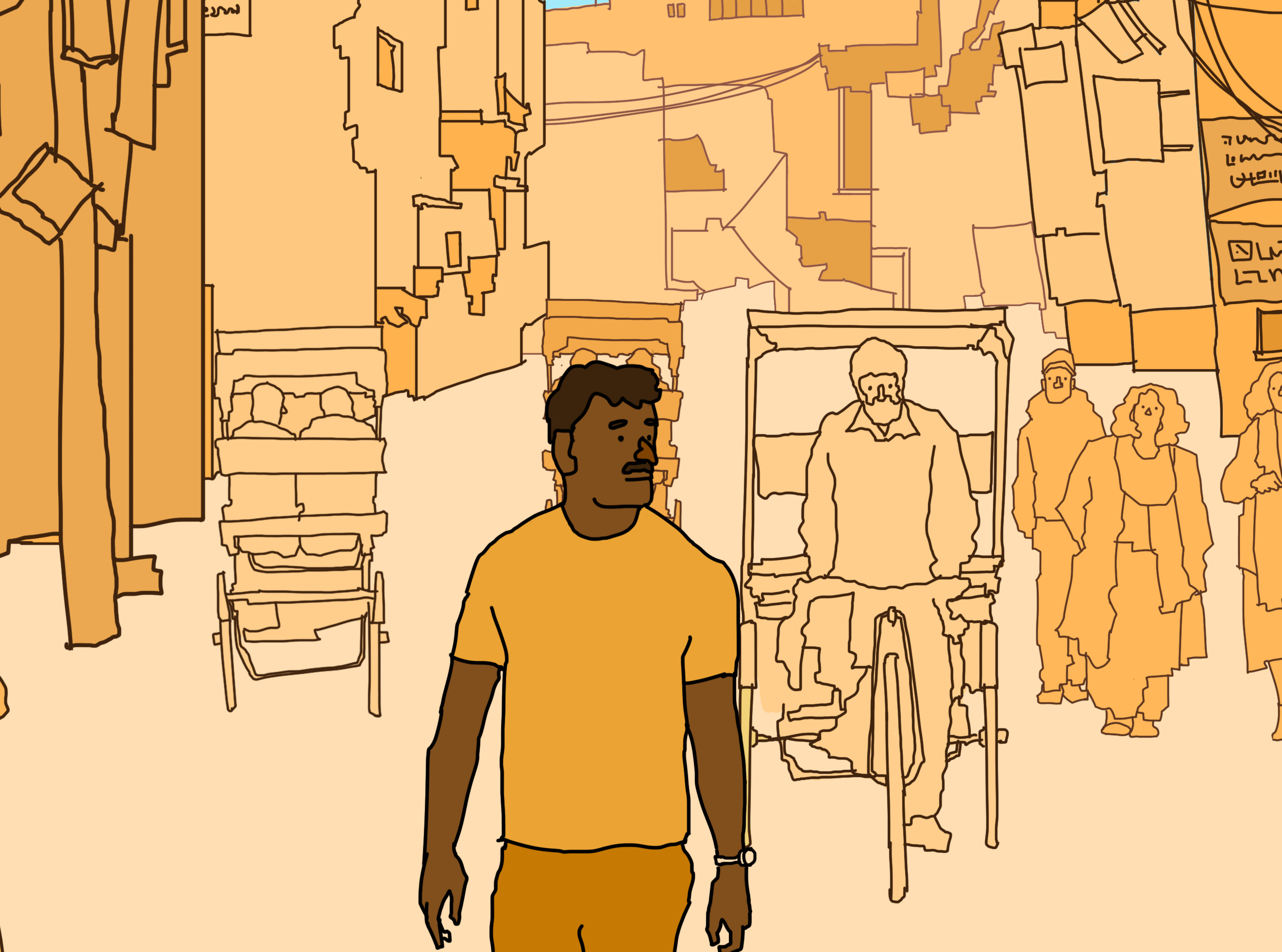
Migrants are people moving to another country for other reasons beyond conflict and persecution.
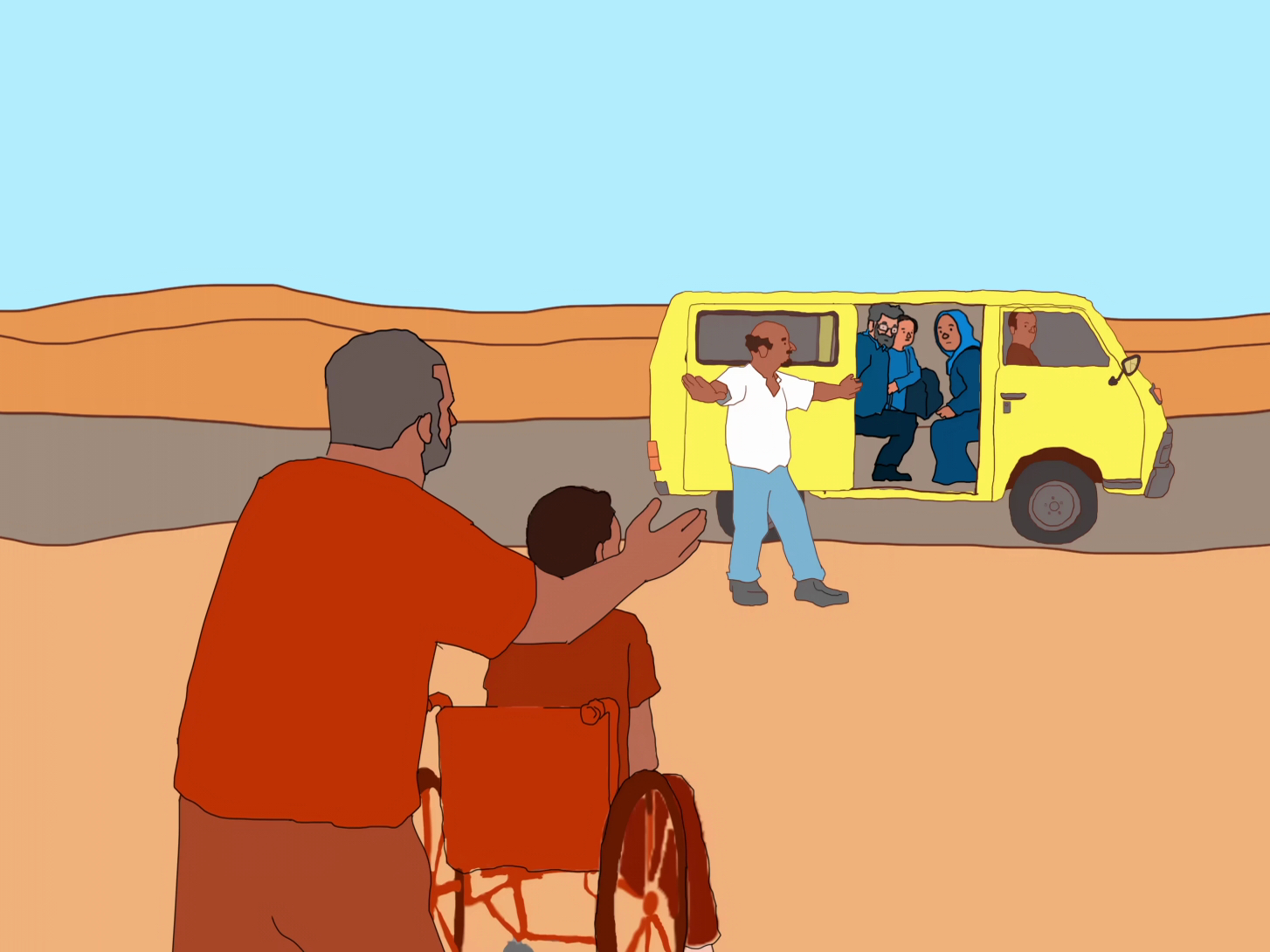
Internally displaced people are seeking safety in other parts of their country.
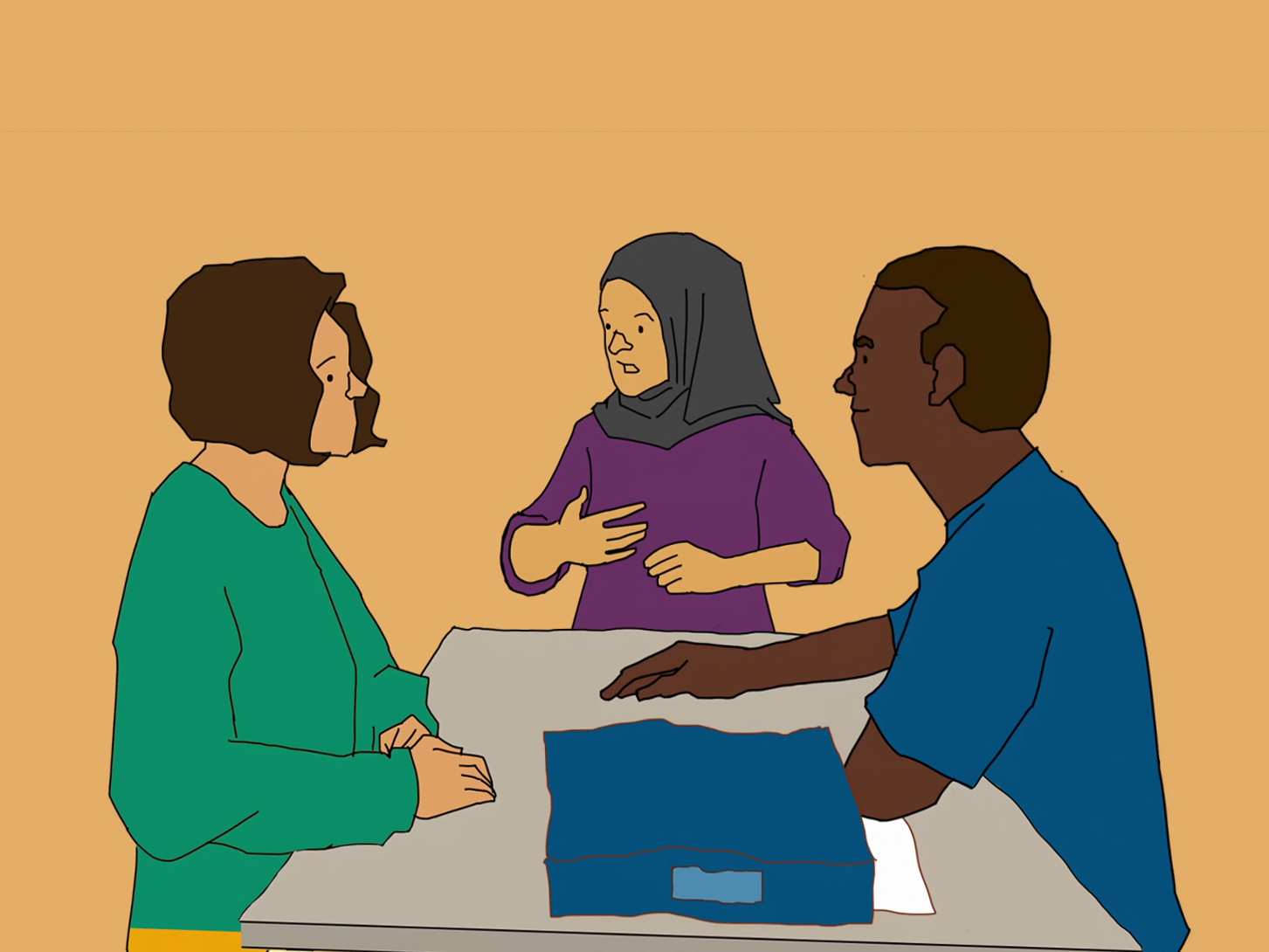
Asylum-seekers are people seeking international protection from conflict and persecution.
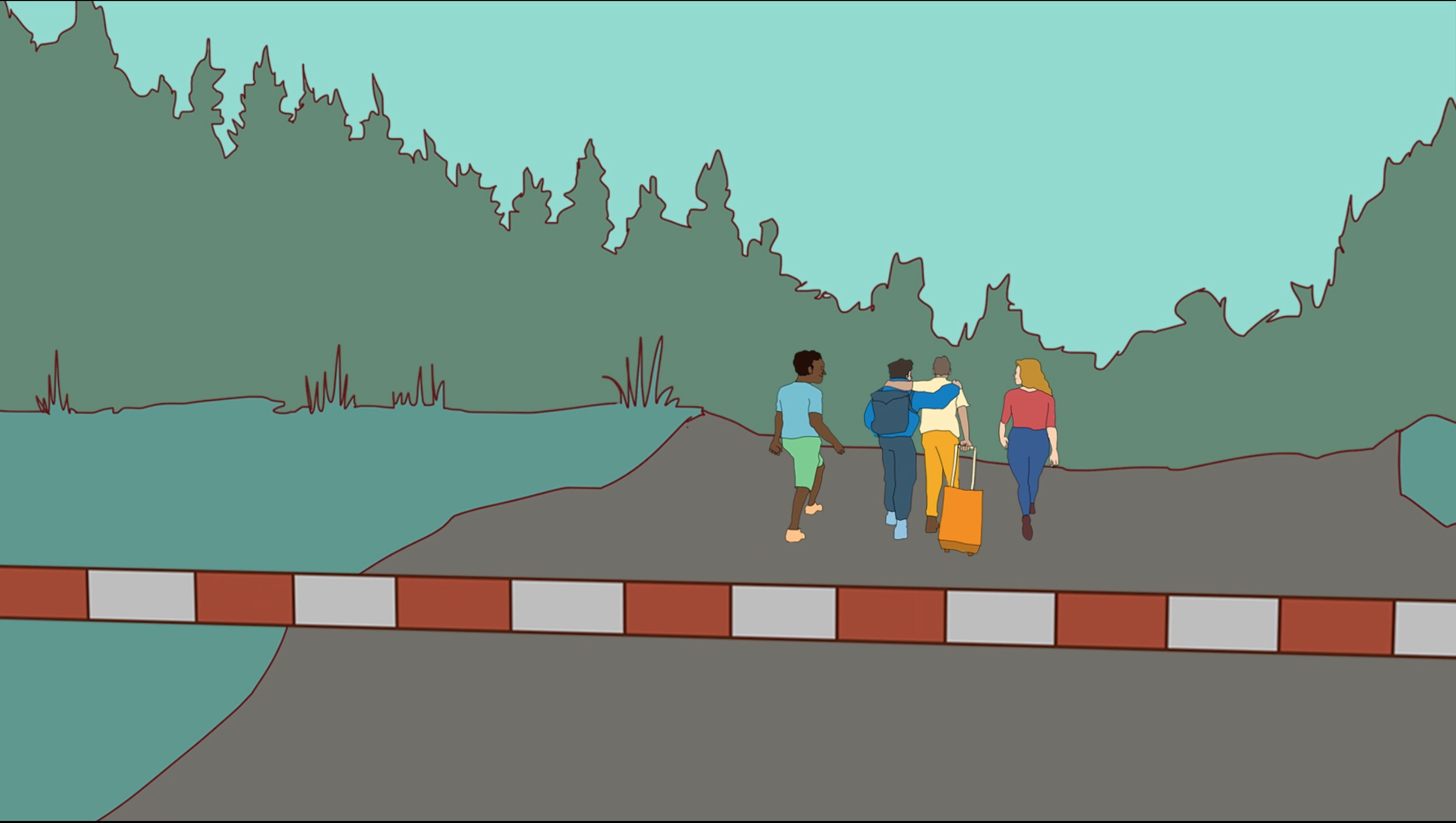
Returnees are people who have returned home after being displaced.

Refugees come from countries all over the world. More than half come from Syria and Afghanistan and Somalia.
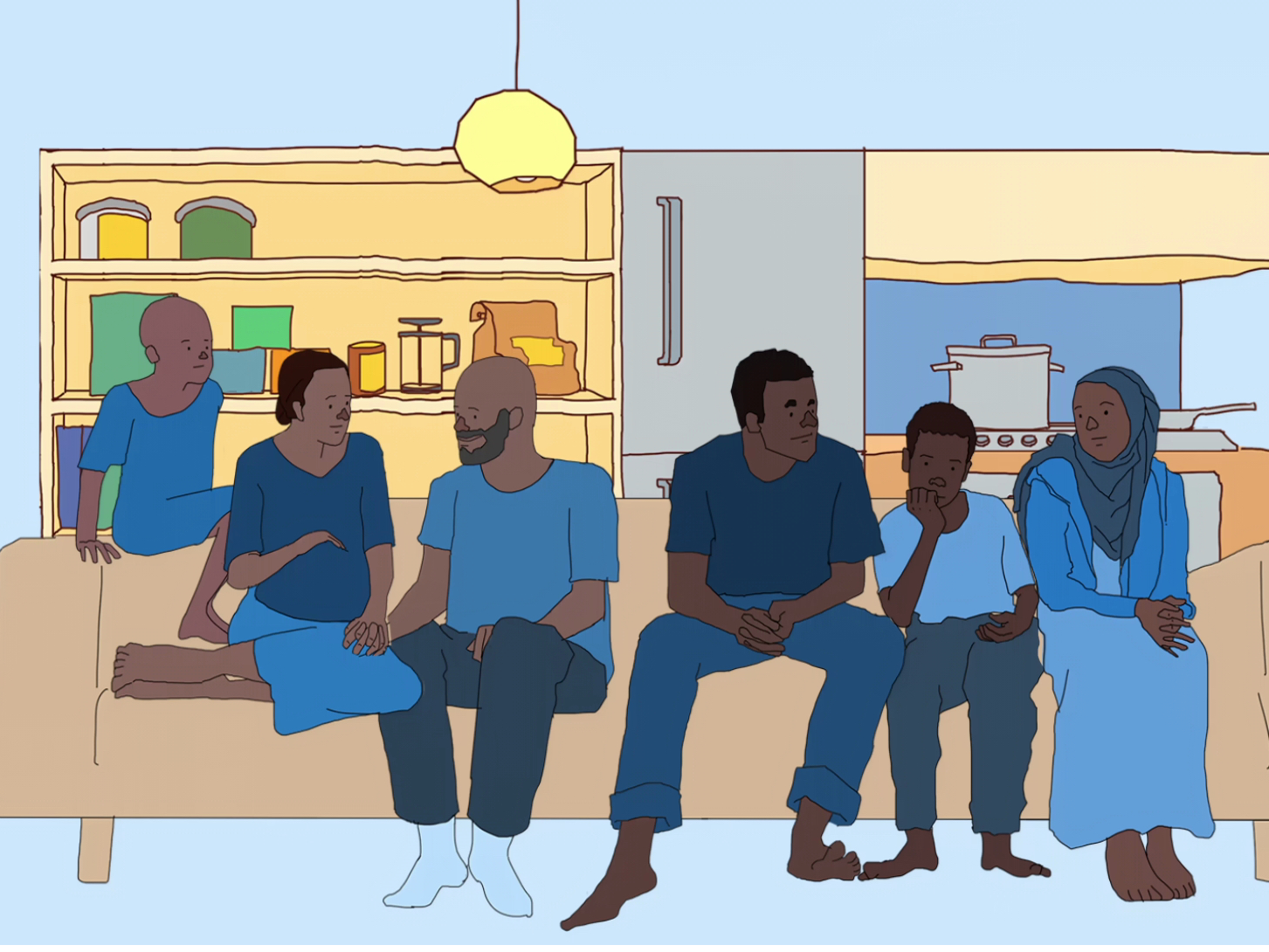
Most refugees are in developing countries. They tend to stay in neighbouring countries.
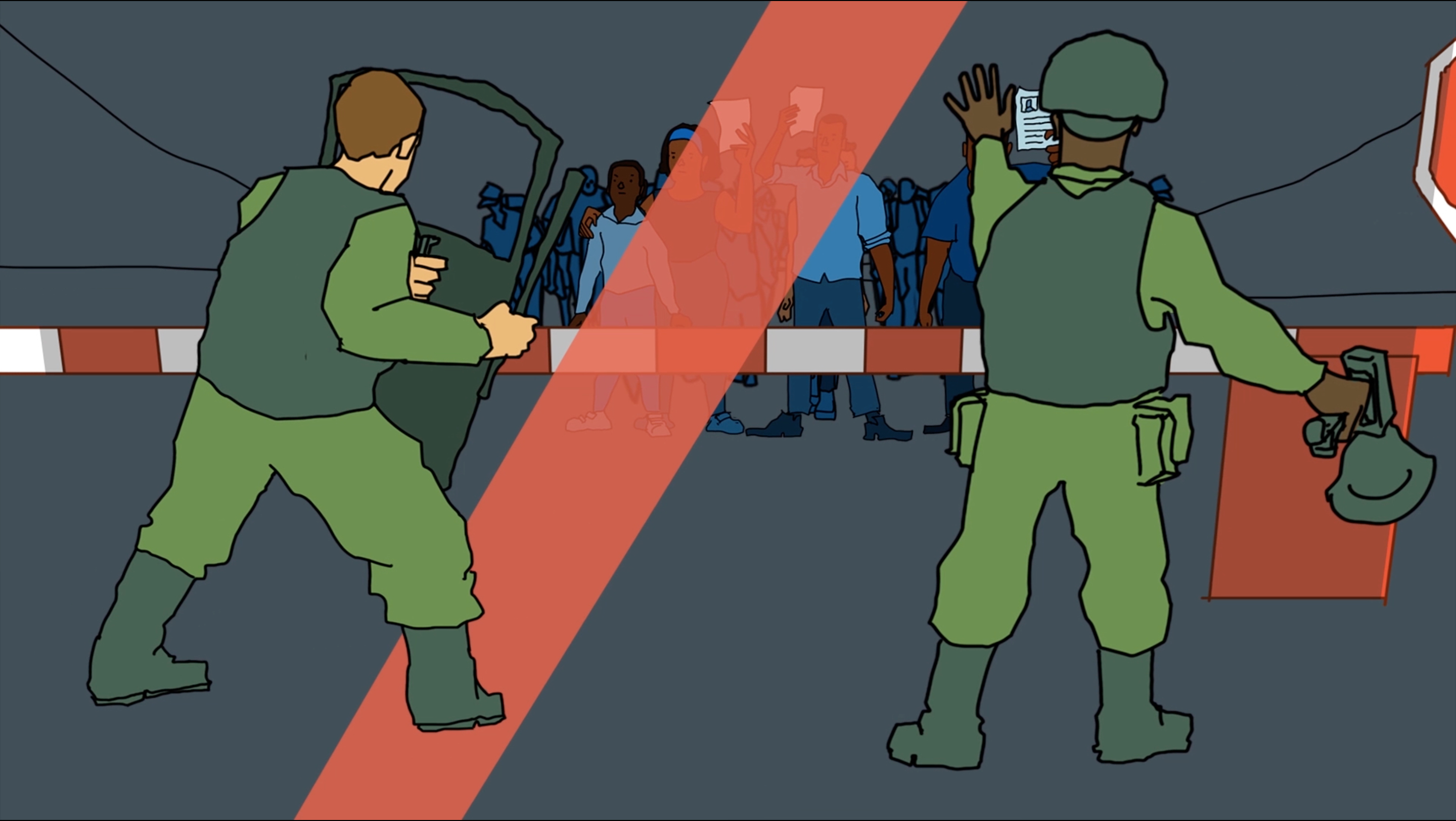
Refugees cannot be sent back to their country if this puts them in danger.
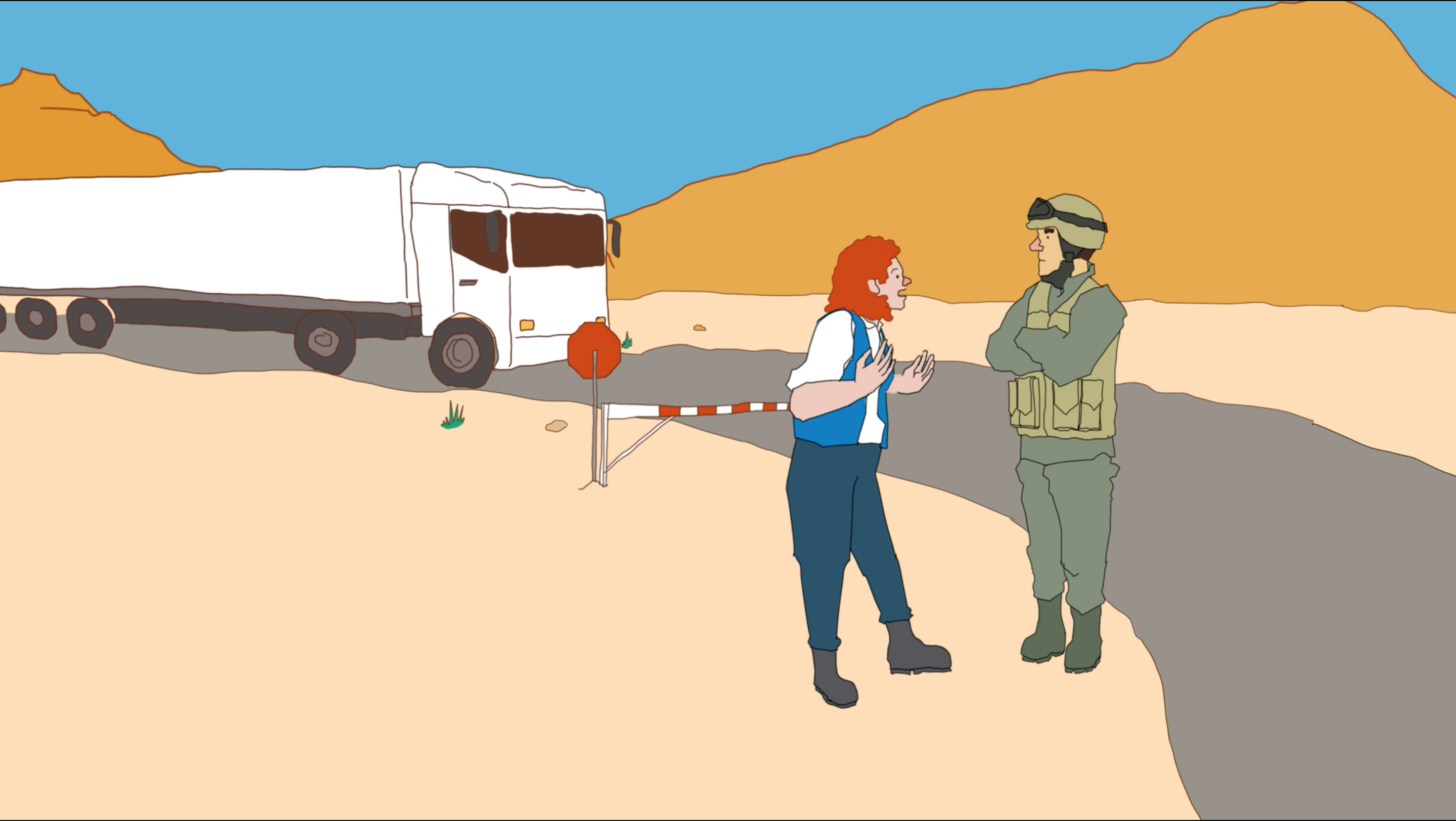
UNHCR, governments and many other organizations help refugees. You can help too.
What about stateless persons?
Stateless persons do not have the nationality of any country. They are no refugees, but they can be in some cases. UNHCR also has a mandate to help stateless persons. We’ve created a separate set of teaching materials on this complex topic, the Teaching about Statelessness page.
More than 82 million people are displaced today. This is the highest number since the end of World War II. Who are the people behind these staggering statistics?
Finding accurate information about refugees, asylum and migration for teaching purposes can be a challenge. Find out about numbers of refugees, asylum-seekers, internally displaced persons and stateless persons, their countries of origin and host countries in these fact sheets:
Eye-openers
More than 82 million people are displaced today. But what does such a large number really mean?
Here are a few stark facts and figures. Download the infographics if you want to use the eye-openers as extra material in your lesson planning.
Before you start teaching about the topic of refugees, asylum and migration, you need to carefully consider which materials you will present to your pupils. Materials should not cause distress, and the complexity of the subject matter needs to be age-appropriate.
Read our recommendations for each age group and download teaching materials with suggestions for age-appropriate teaching about refugees, asylum and migration.
Behind the statistics on refugees are millions of ordinary people who live through extraordinary times. Understanding the human cost of war, violence and persecution through testimonies and telling refugee stories is a powerful tool to 'put a face on the numbers' and better understand the disruption, stress and loss associated with being displaced.
Watch some of the videos, infographics and other materials. When useful for your teaching context or out of simple interest, you can do some further reading to build your knowledge of the topic.
UNHCR Youtube channel
Find a large collection of refugees stories, explainers and other materials on refugees, asylum-seekers and stateless persons on the UN Refugee Agency’s main video channelLink is external.
UNHCR's refugee data website
Find out what is happening in refugee emergencies in different parts of the world, as well as interactive maps, reports and other publications on refugees, on the UNHCR's refugee data website.
More information on refugee education
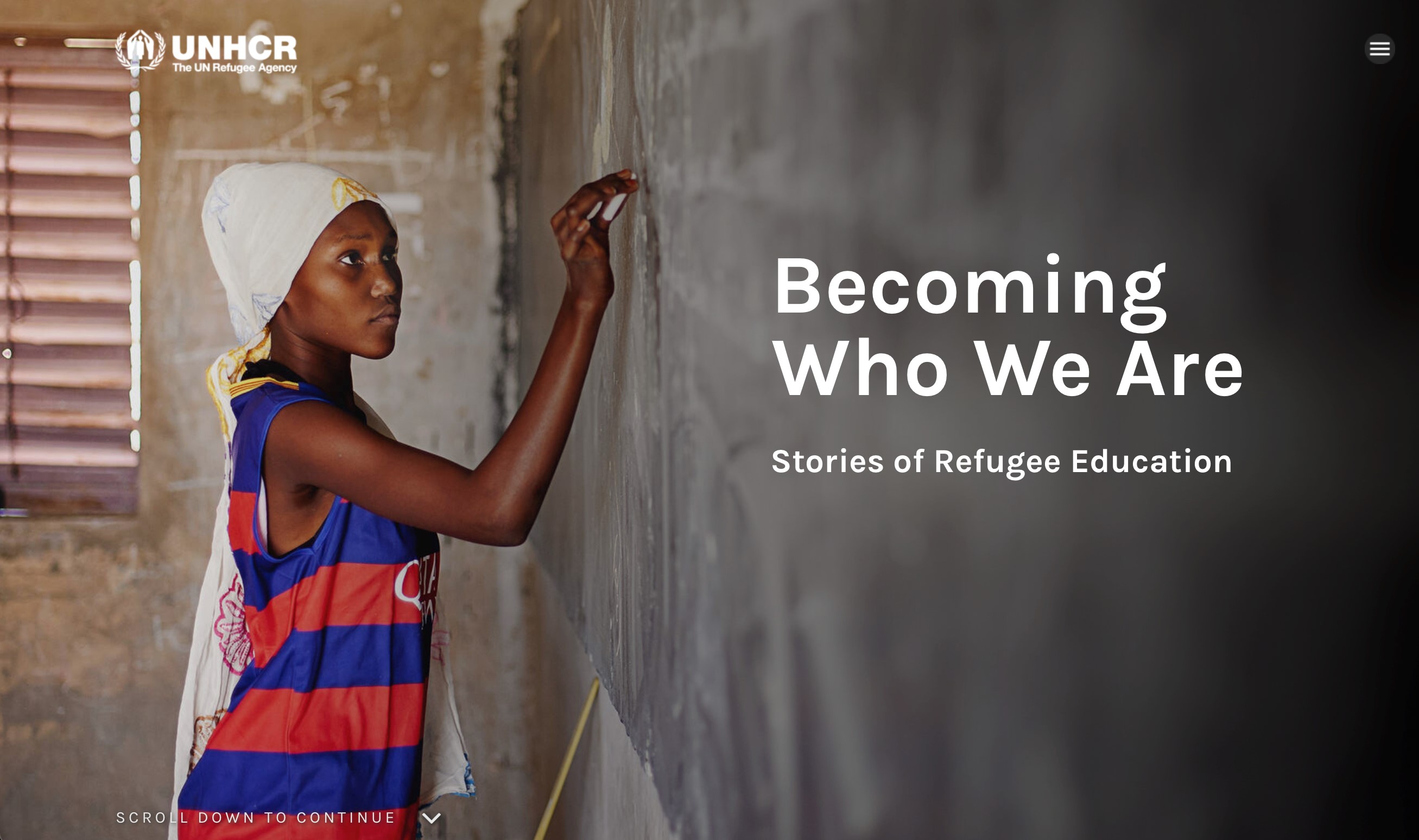
For more stories and information on refugee education, watch this page flow website by UNHCR, which explains the main challenges the world's displaced learners are facing in education.
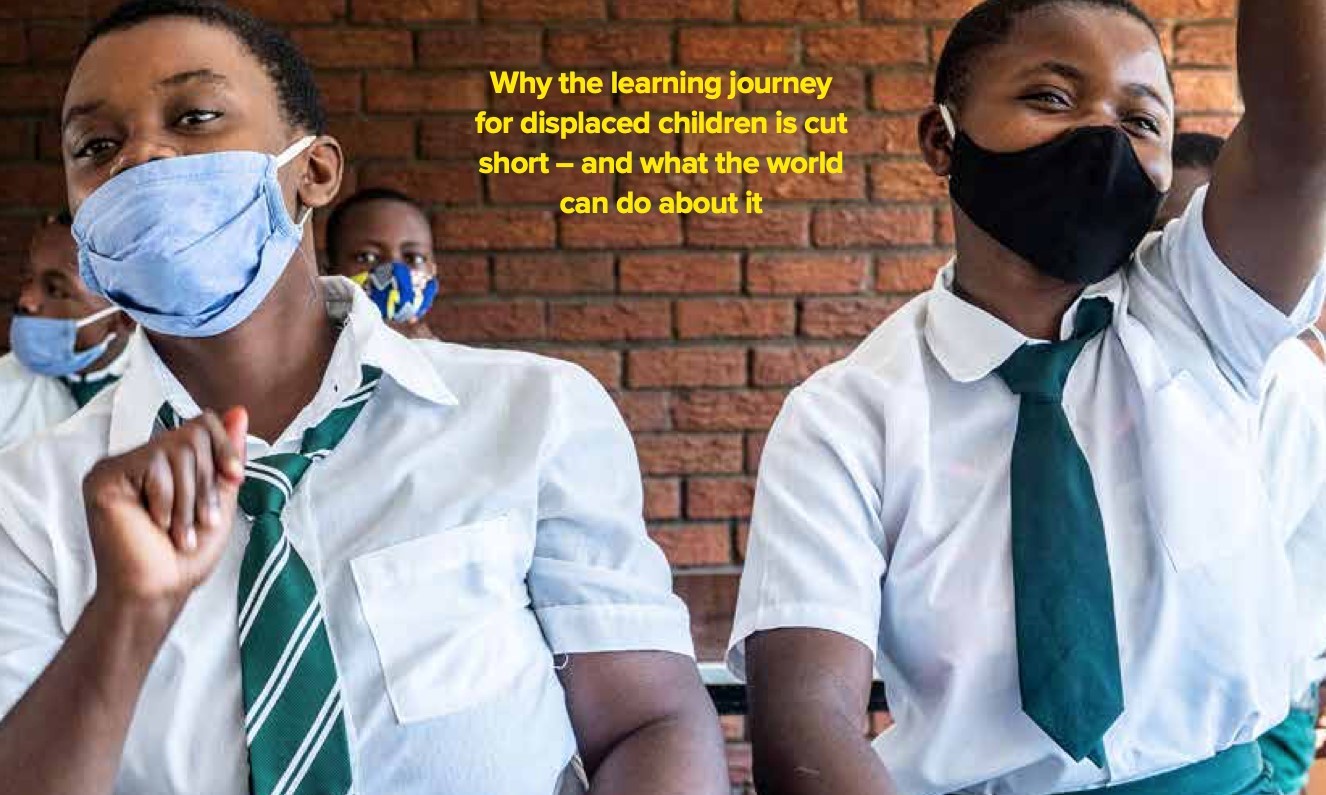
Read about the situation of displaced learners worldwide in the latest edition of UNHCR's annual education report, with focus on the gaps in secondary education.
Many refugee and migrant children will need to learn the language of their host communities when they start going to school in a new country. It may take them a while to reach a level of language proficiency that will allow them to learn efficiently in the host community language.
Another major barrier to learning for displaced learners is mental health. Some refugee children may suffer from stress or trauma because of difficult events they have experienced as a result of being displaced. Mental health issues can interfere with learning processes, so it is crucial that these are addressed to allow displaced children to return to regular learning as much as possible.
Understanding language acquisition
Language learning is a long process. It can take many years for newcomers in a host community to learn the local language up to a level where they can easily learn other subjects in school.
This guidebook explains some of the basic things teachers can expect when working with displaced children who are learning the host community language.
Guidance for teachers on stress and trauma
Children who suffer from stress or trauma may need professional help from qualified personnel. Teachers can help detect potential signs so children can be directed to adequate support structures. They should, however, never intervene when only qualified therapists should.
This guidebook describes some of the common behaviours stressed or traumatized children may display and offers some ideas for activities that may help relieve stress or trauma in the classroom.
Effects of stress and trauma on learning
Executive function is often compromised when children experience stress and trauma. This video by Harvard University's Center on the Developing Child explains learning challenges that may affect children suffering from stress and trauma and the science behind these challenges.


